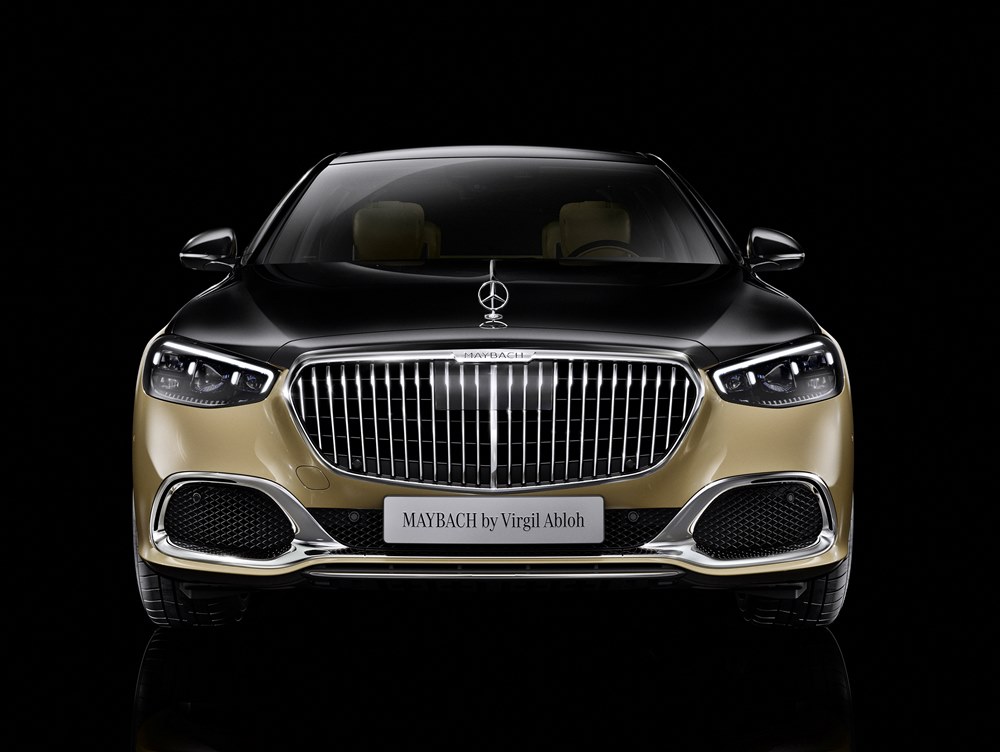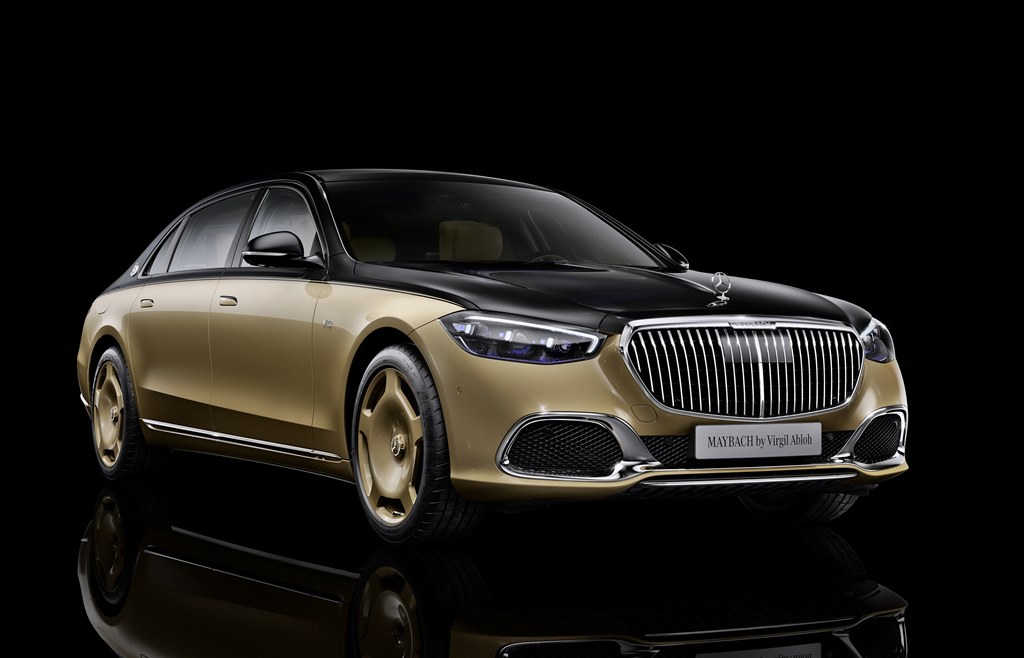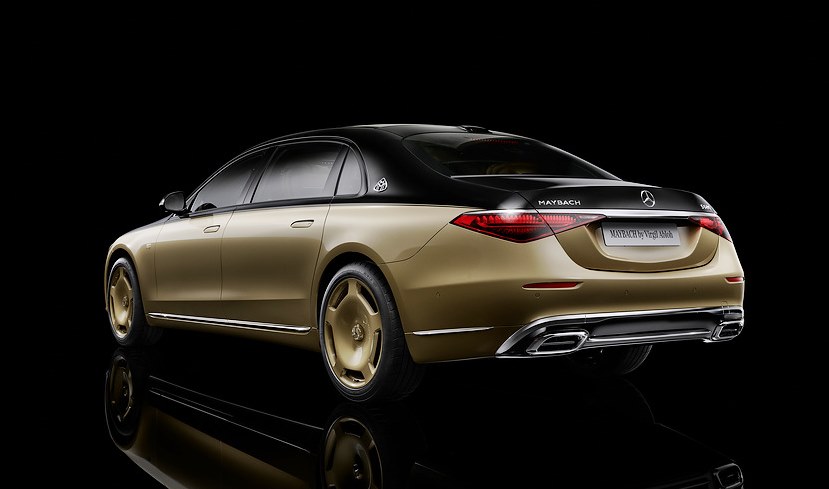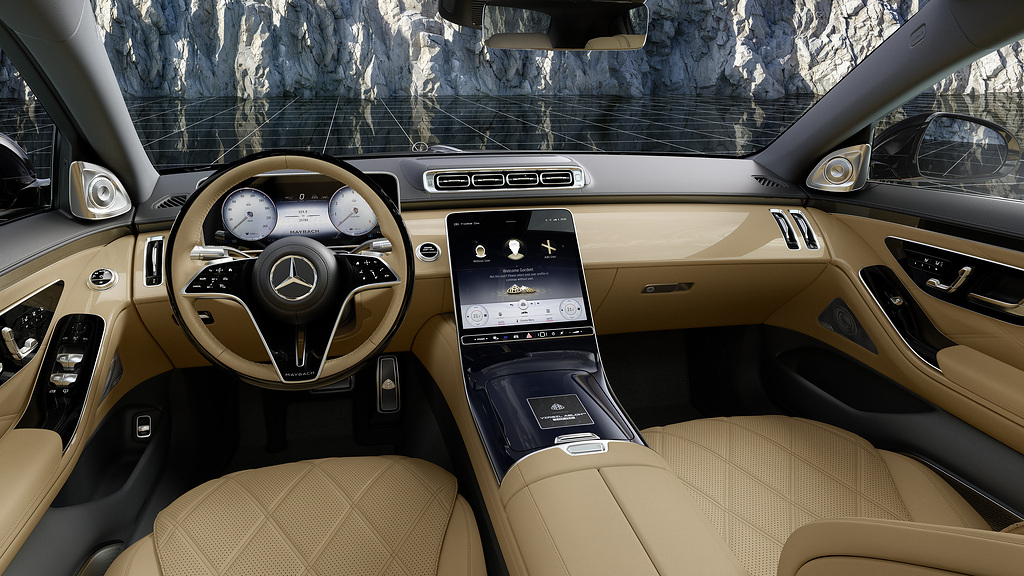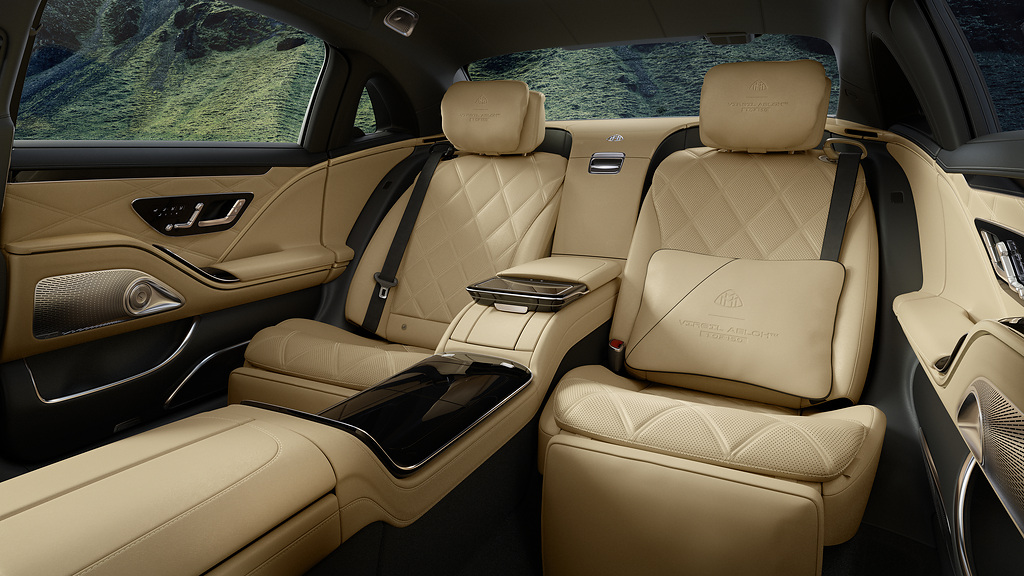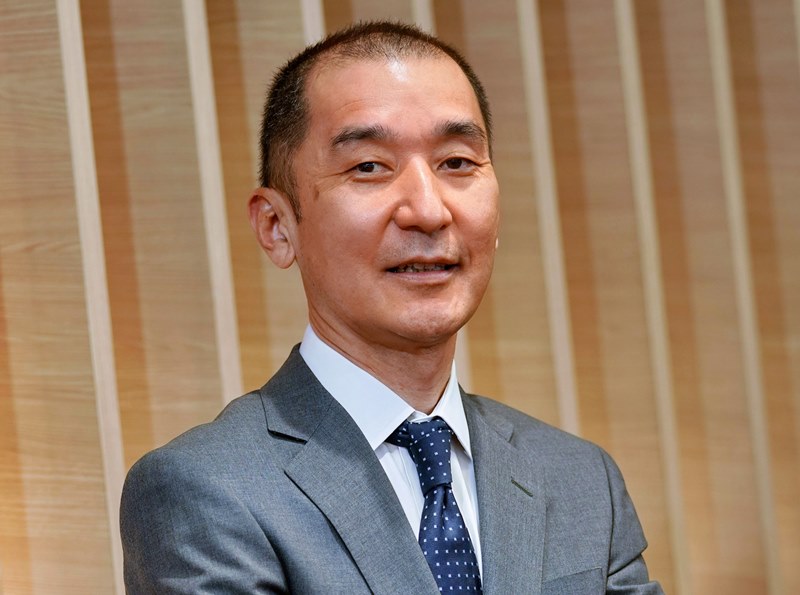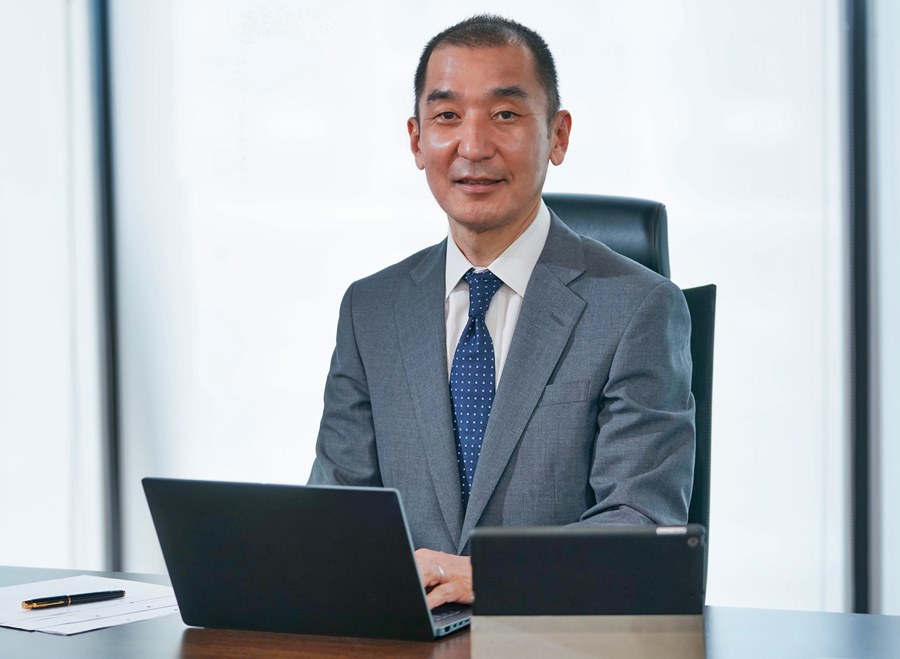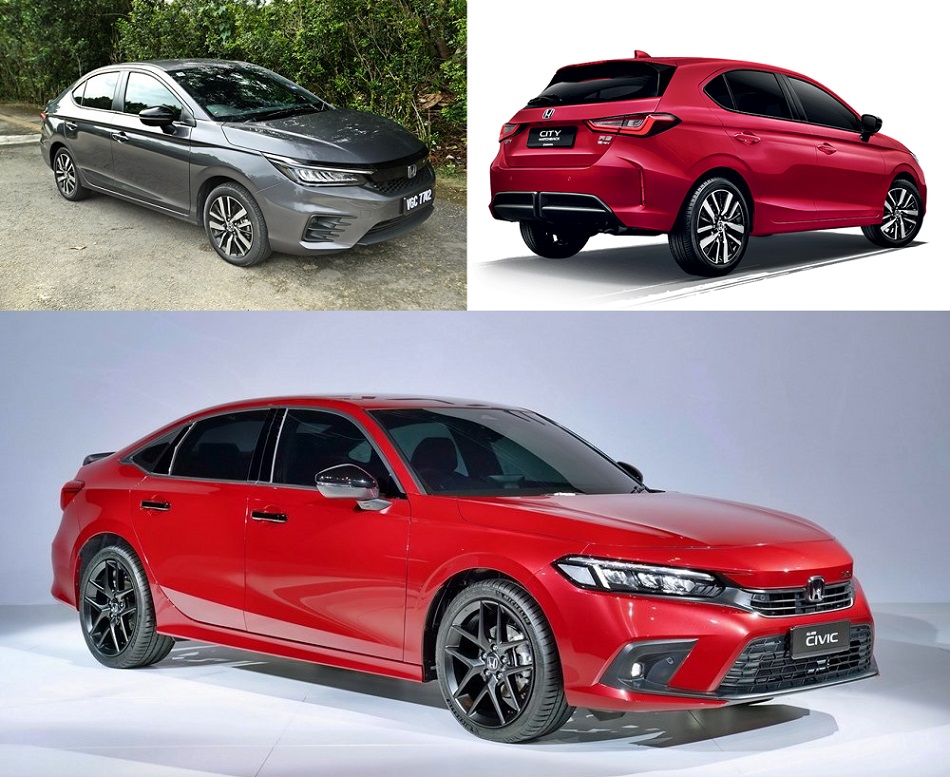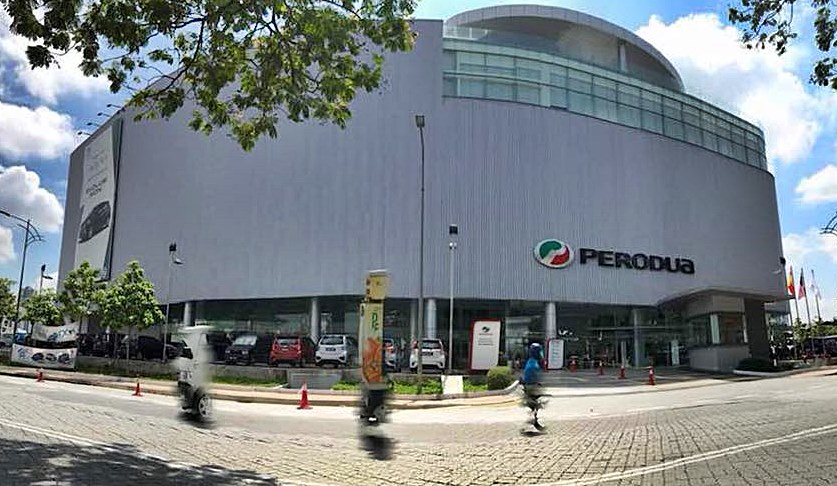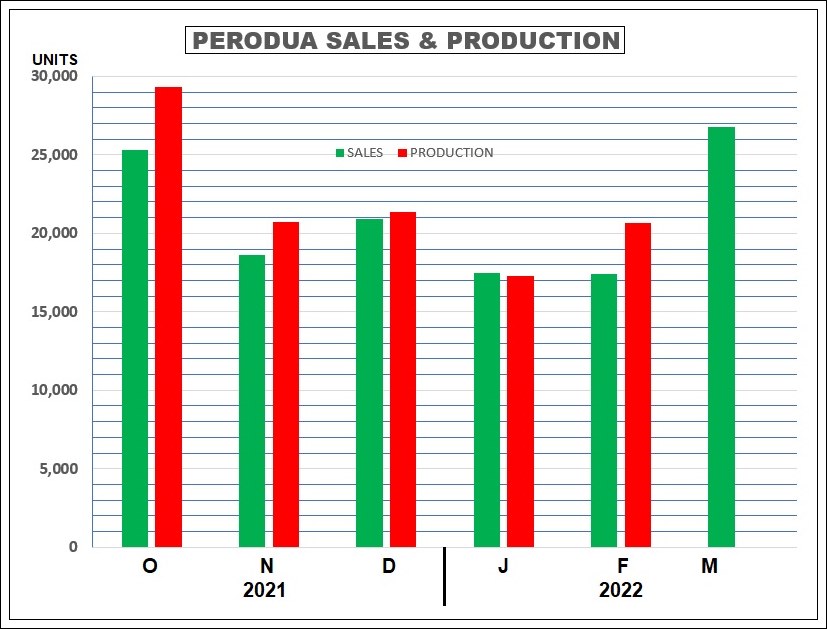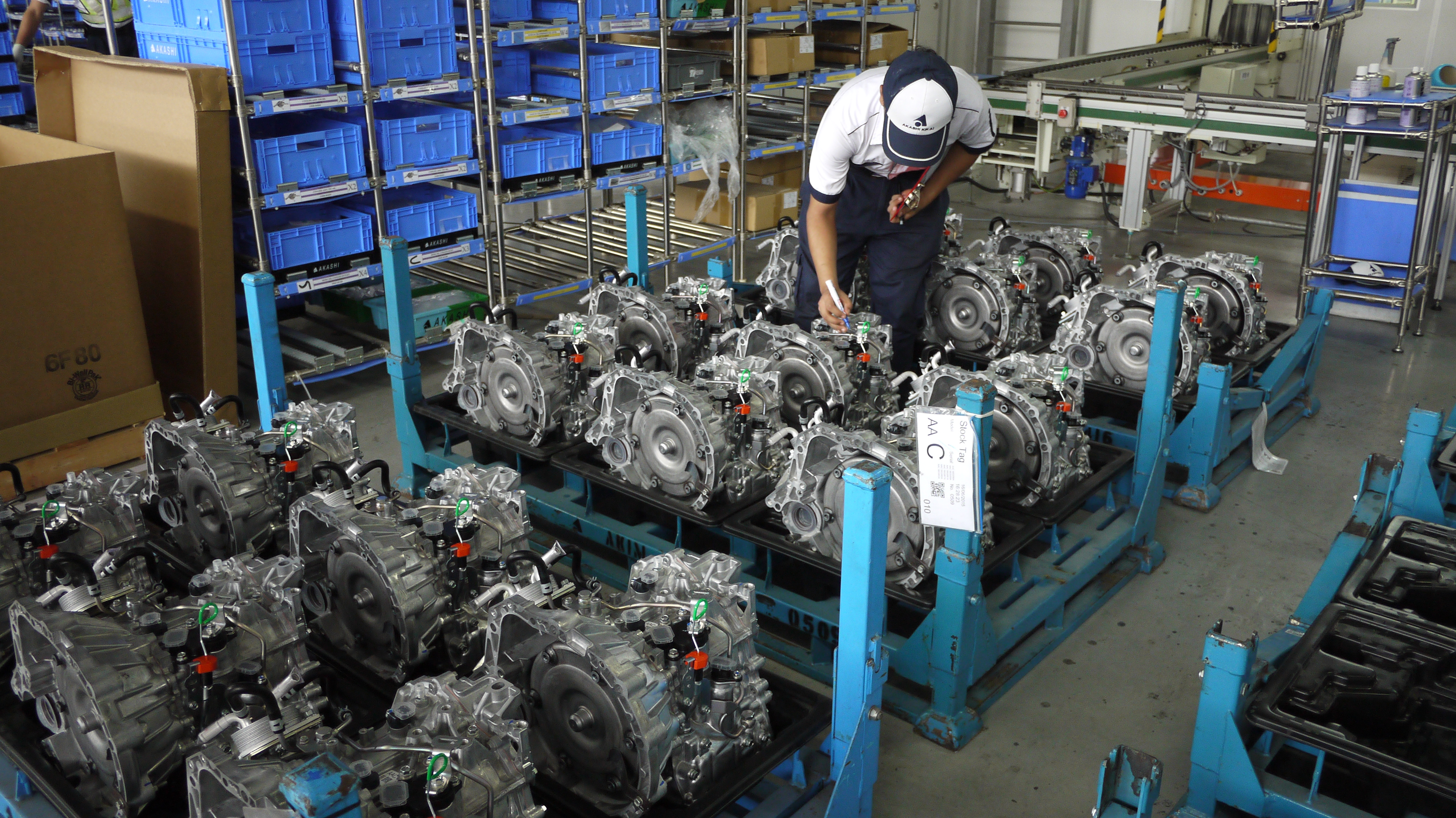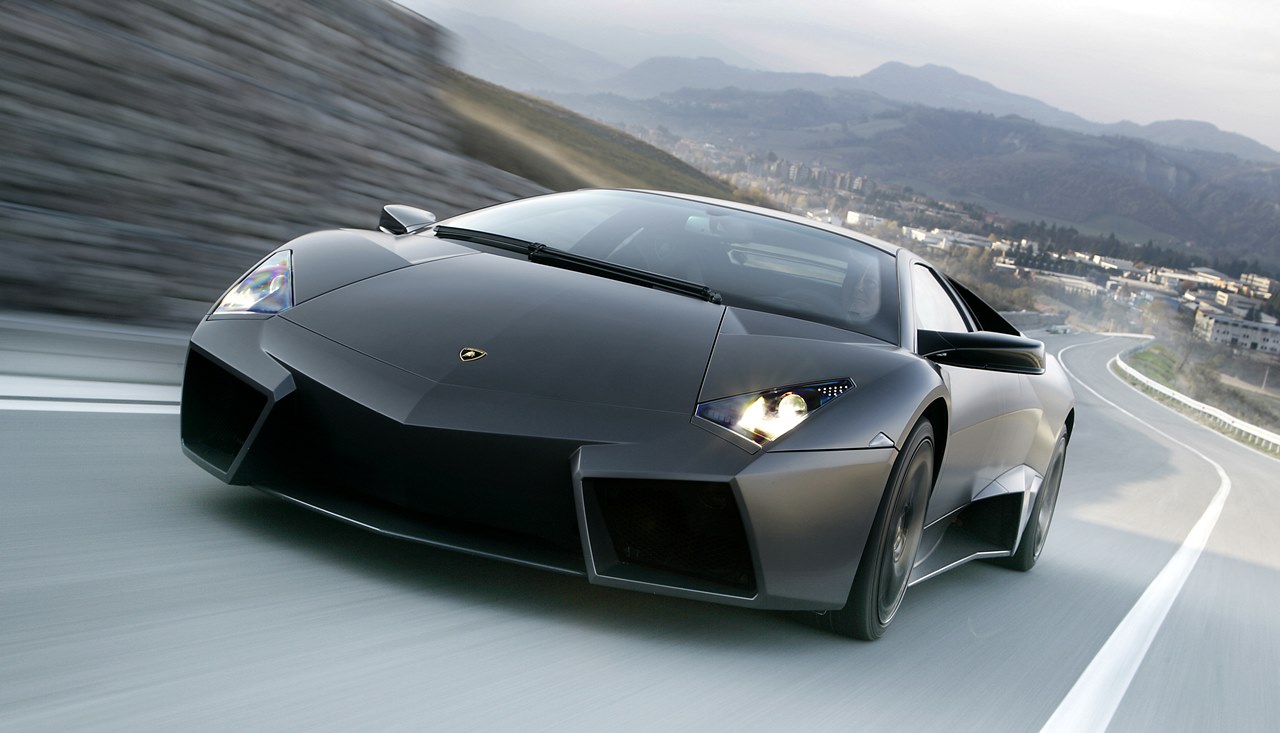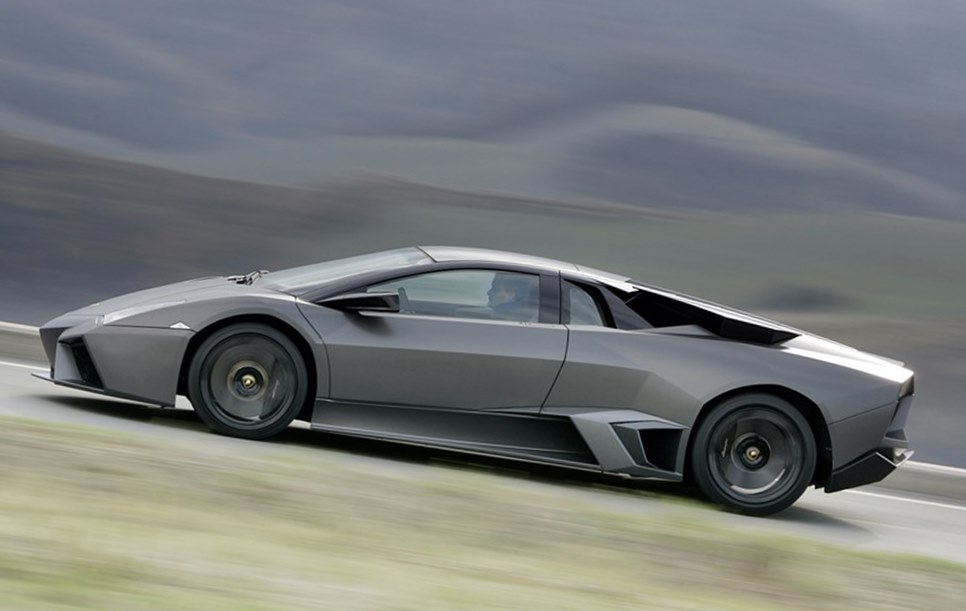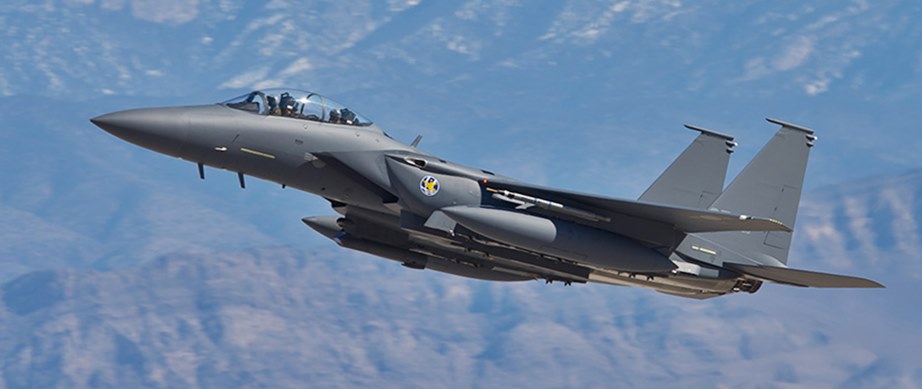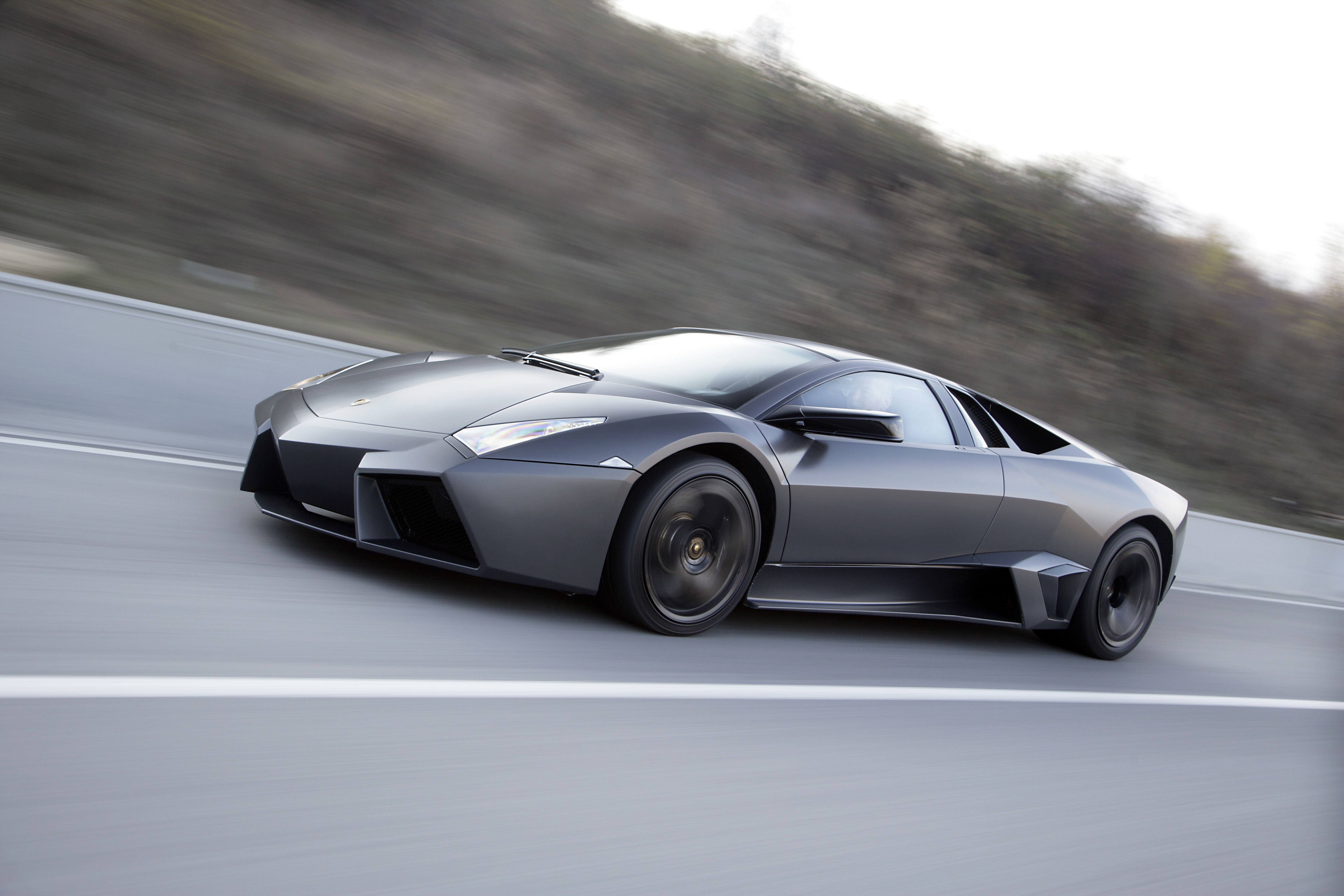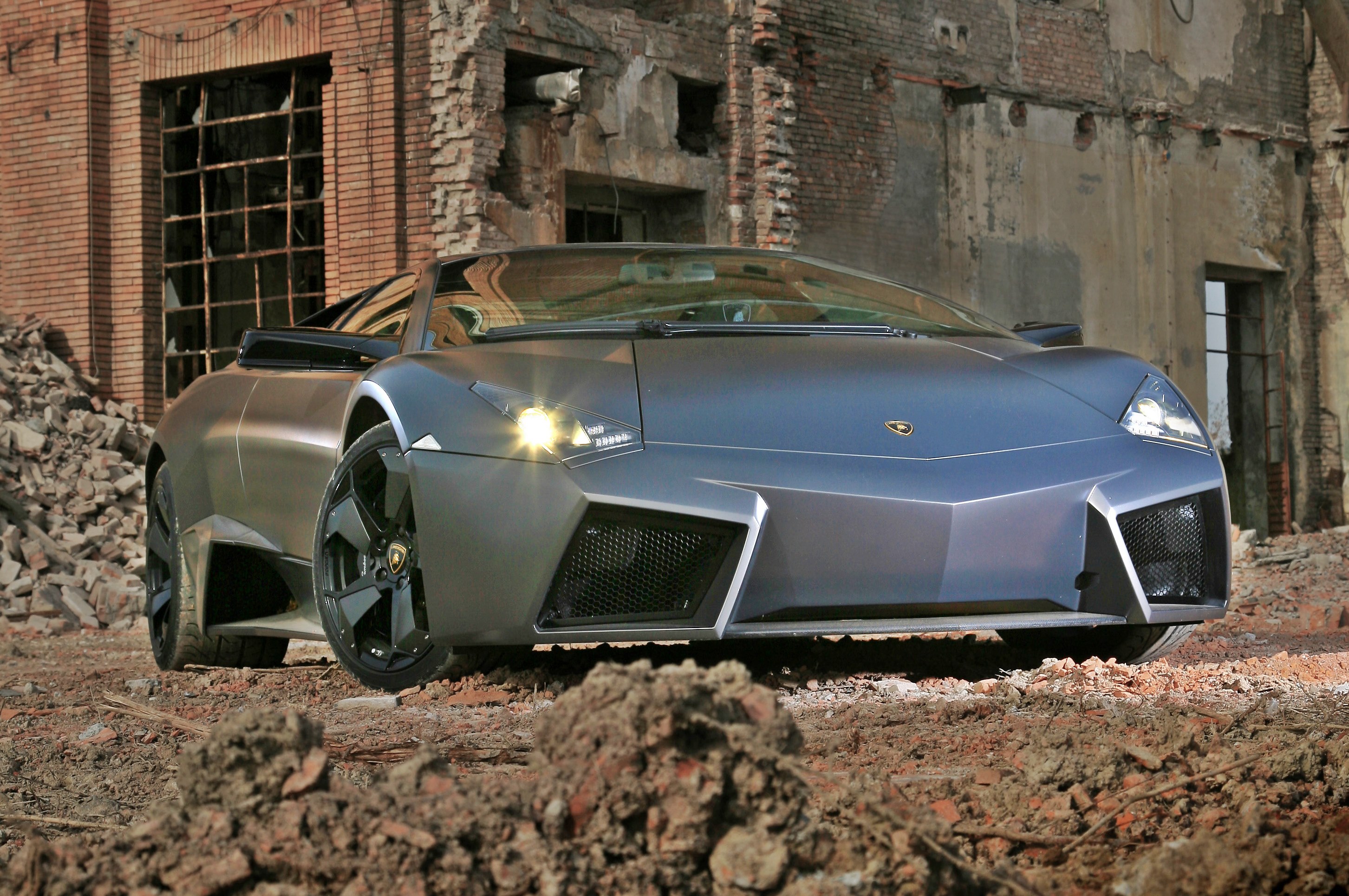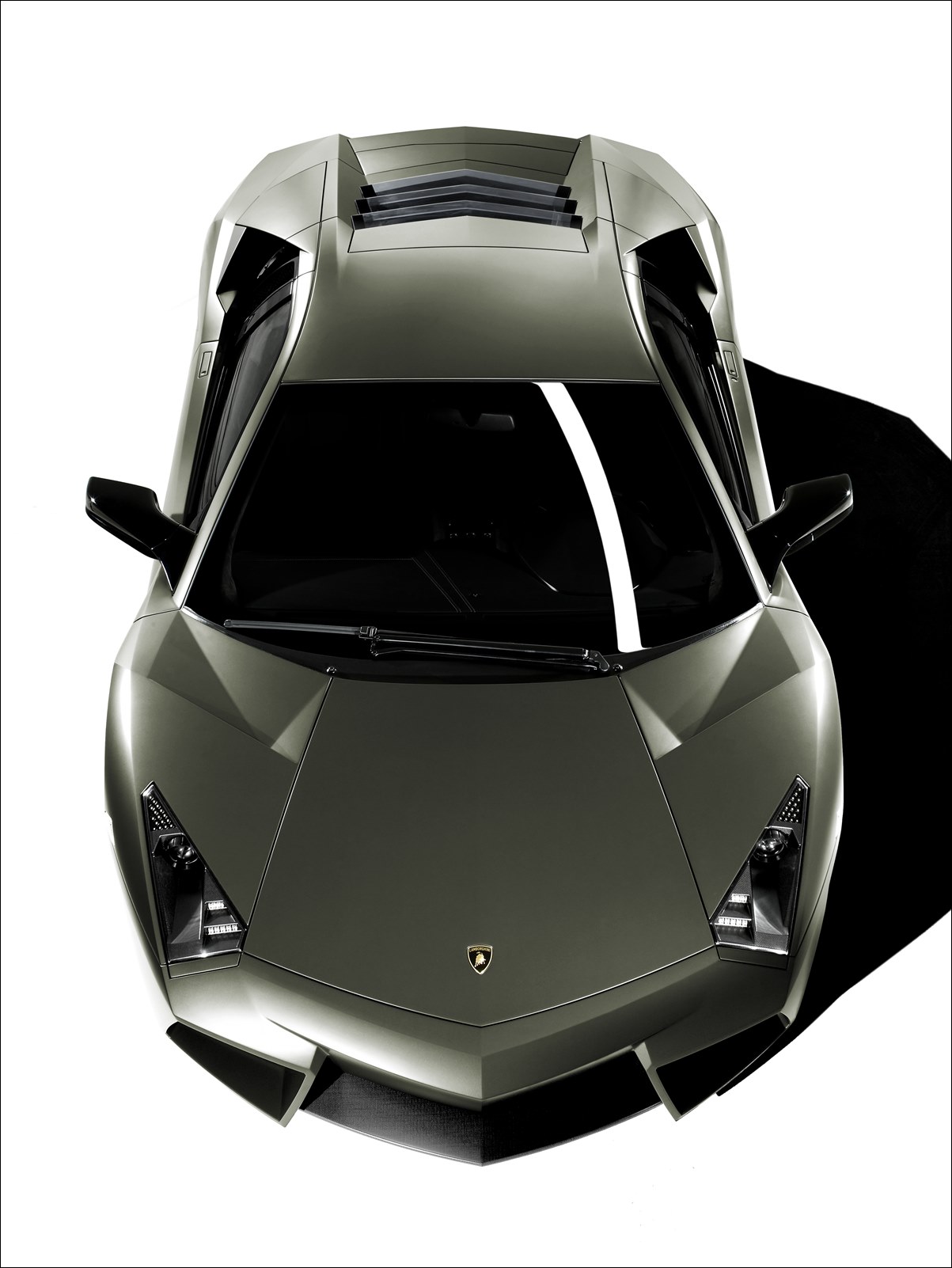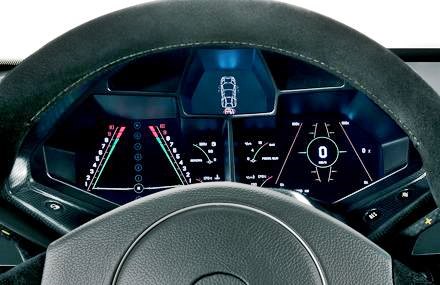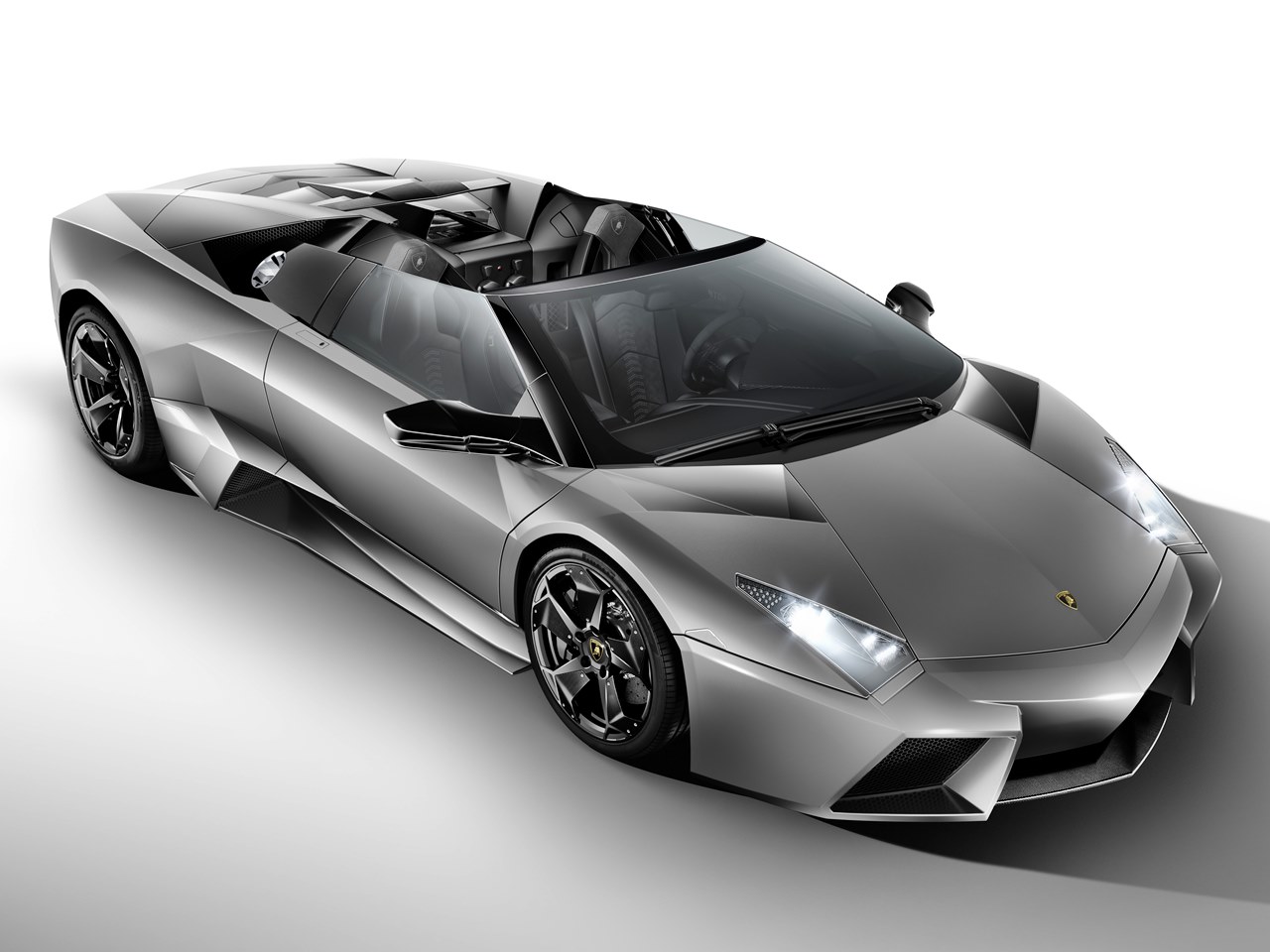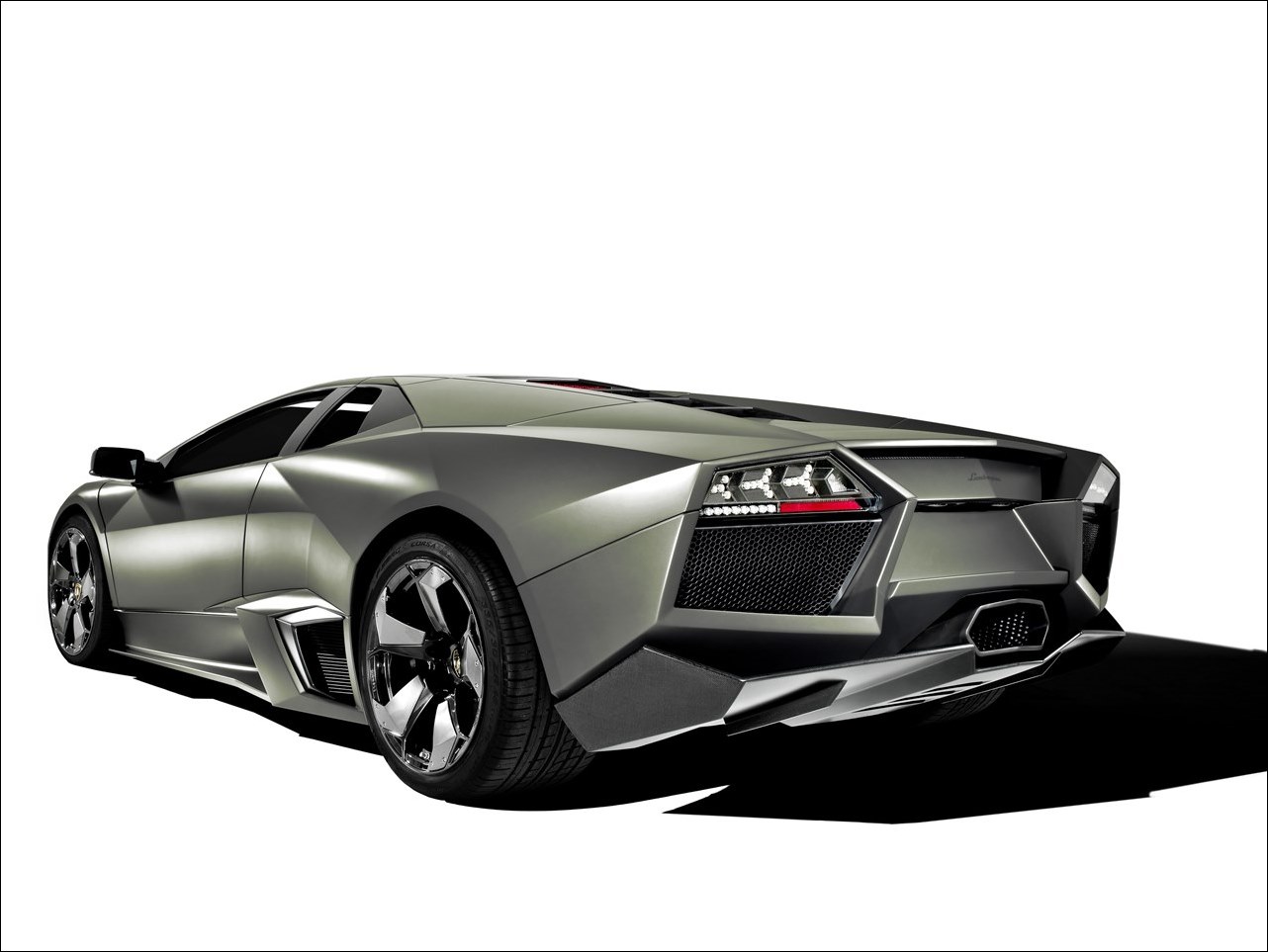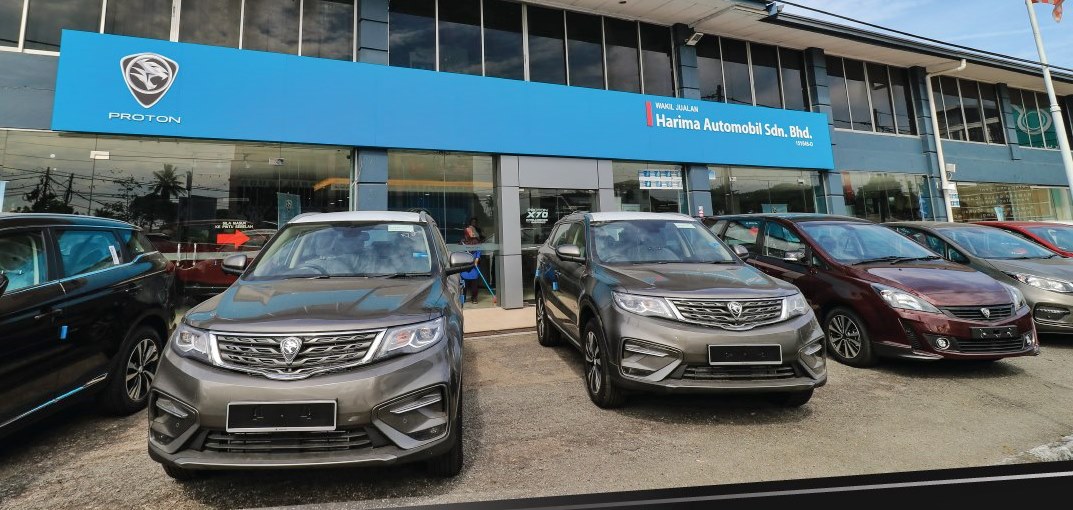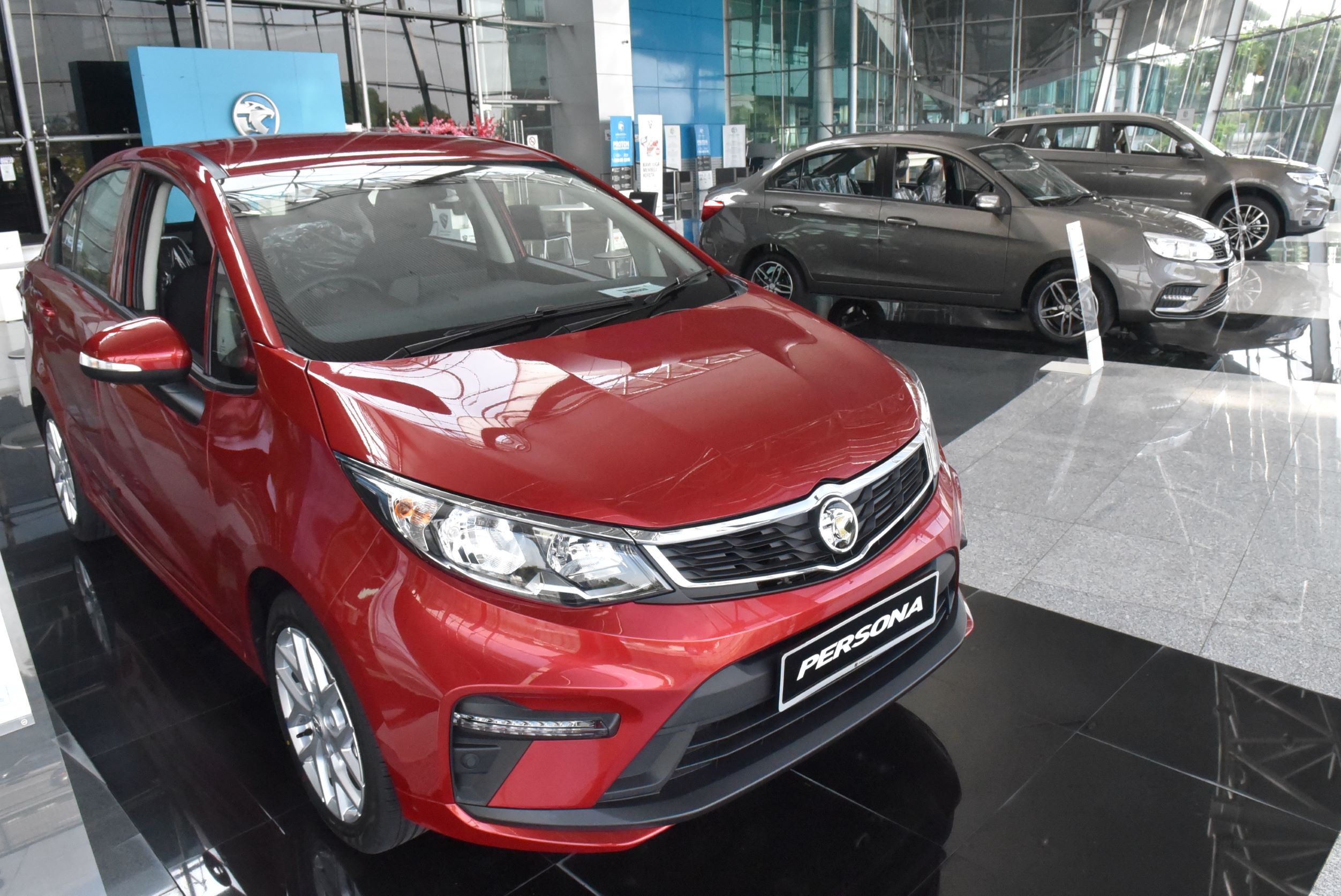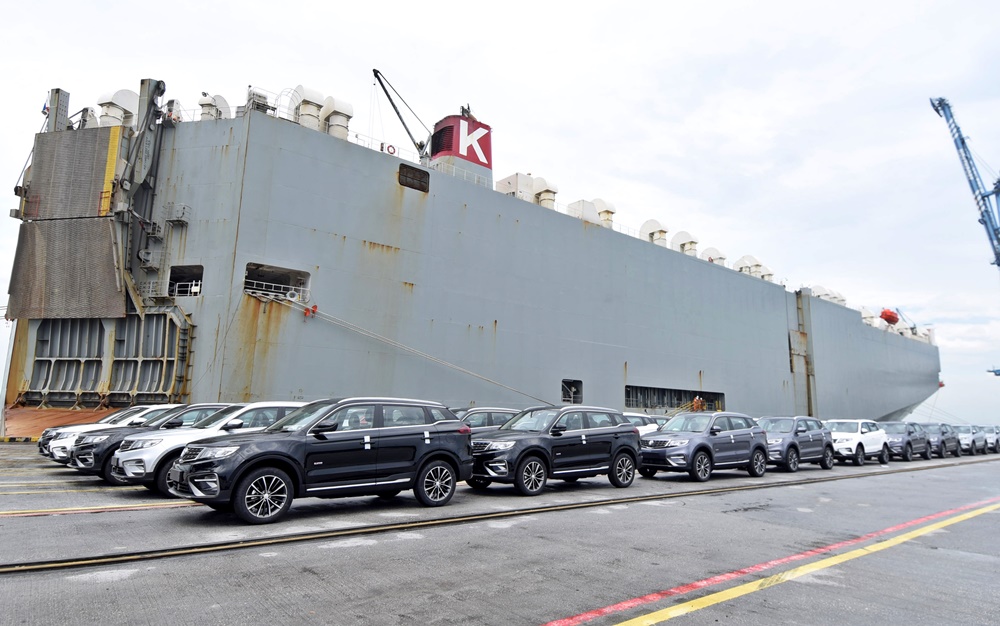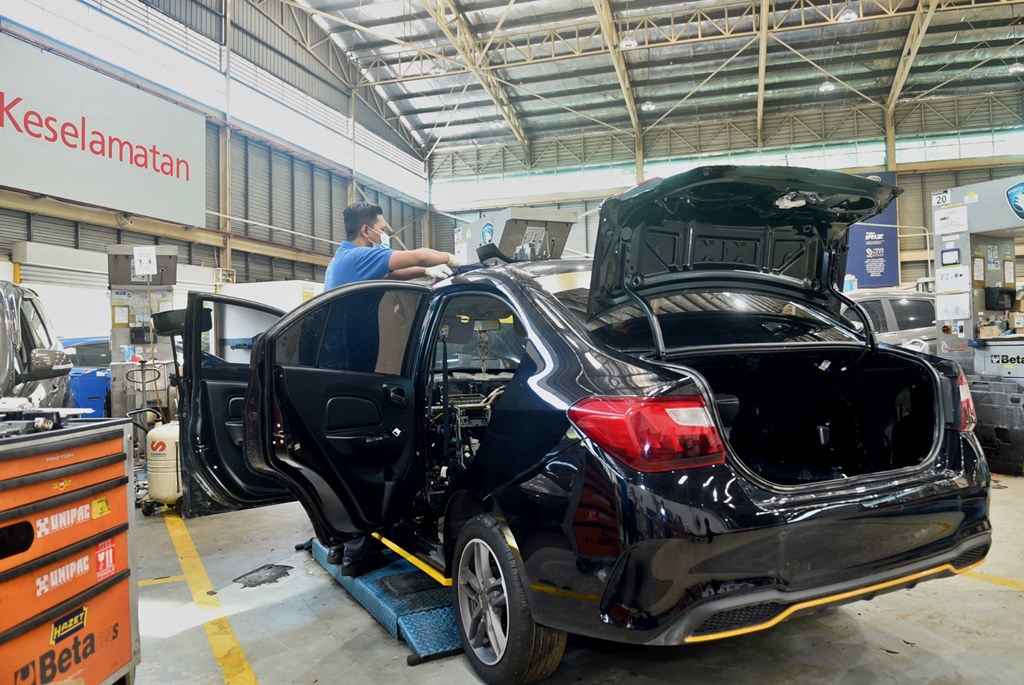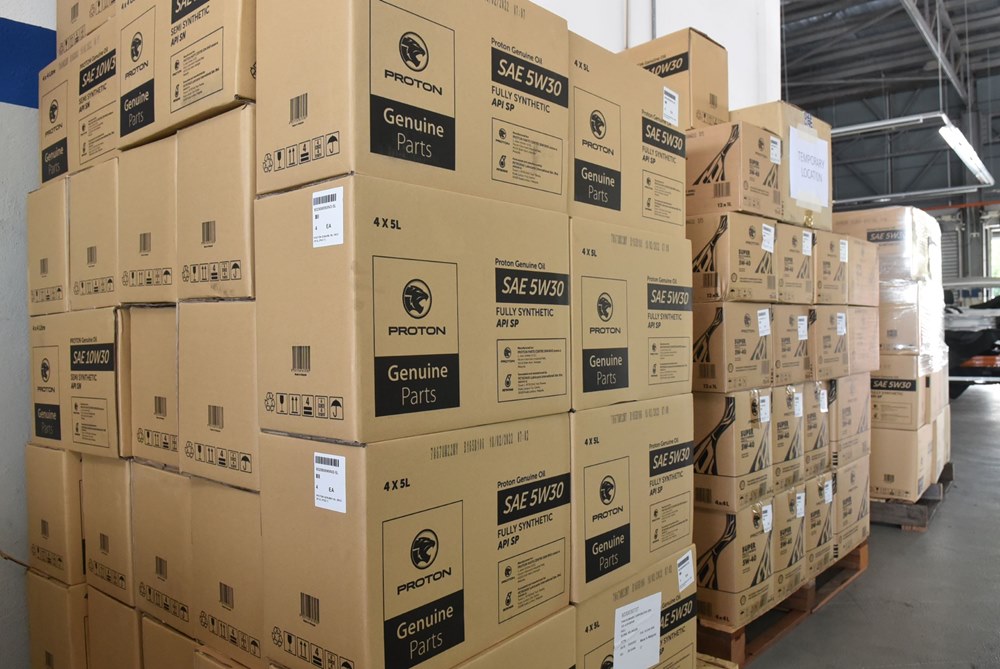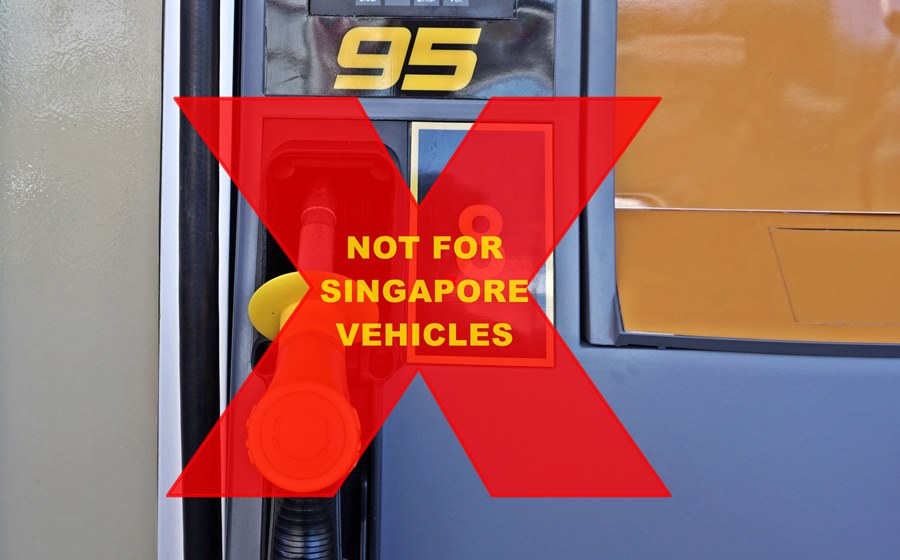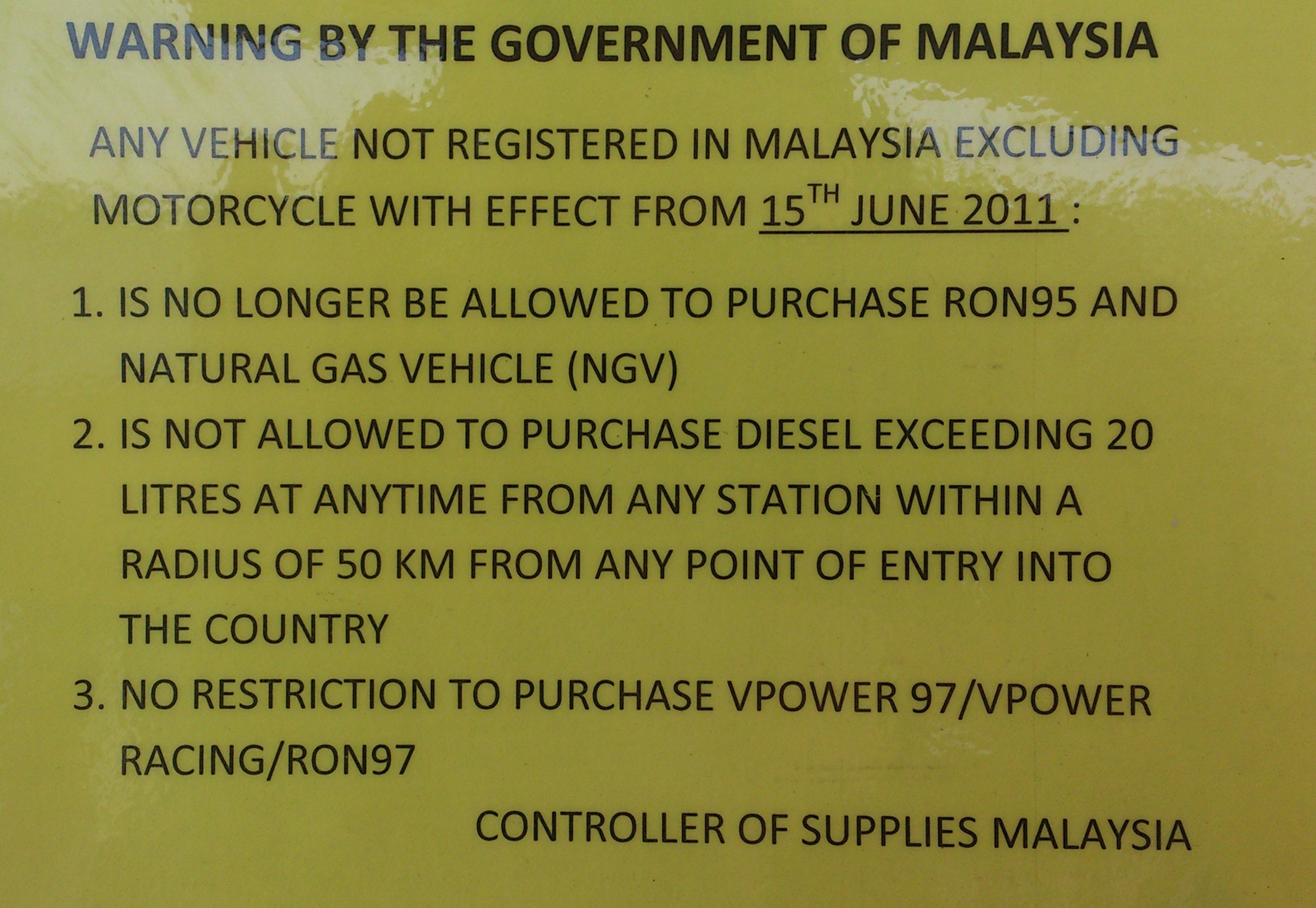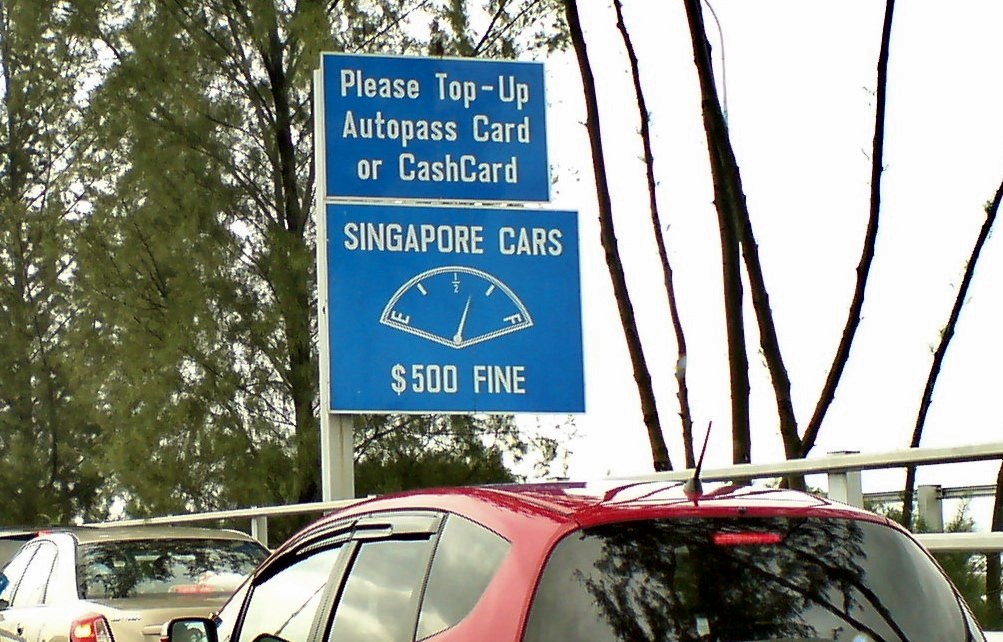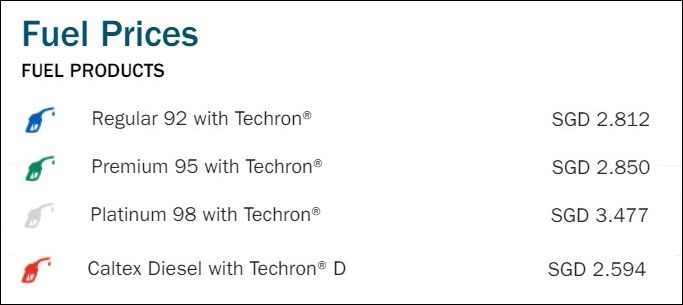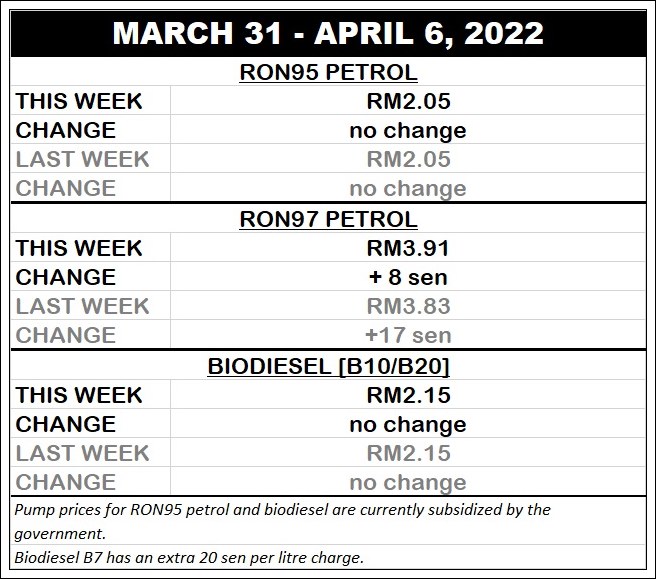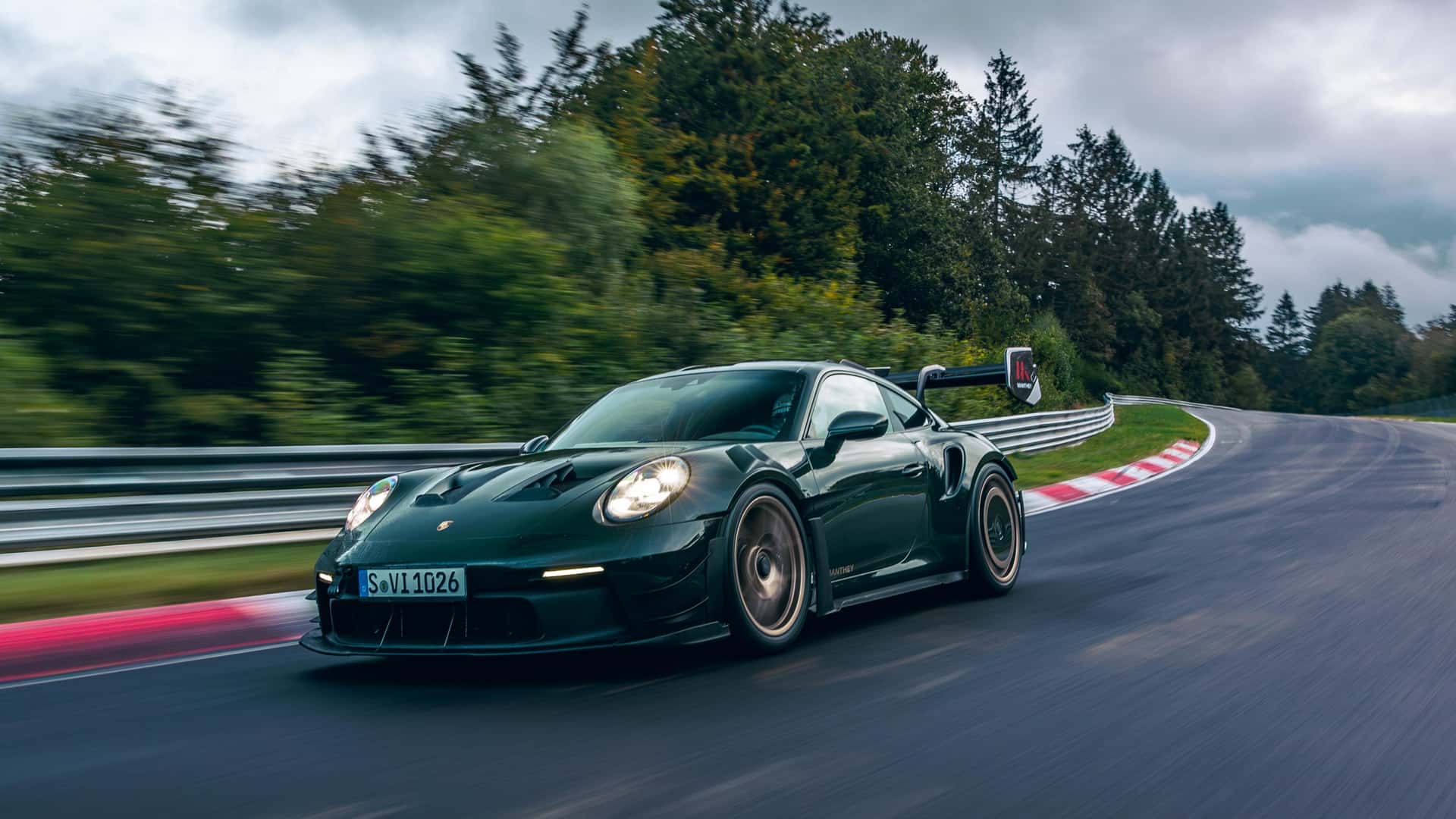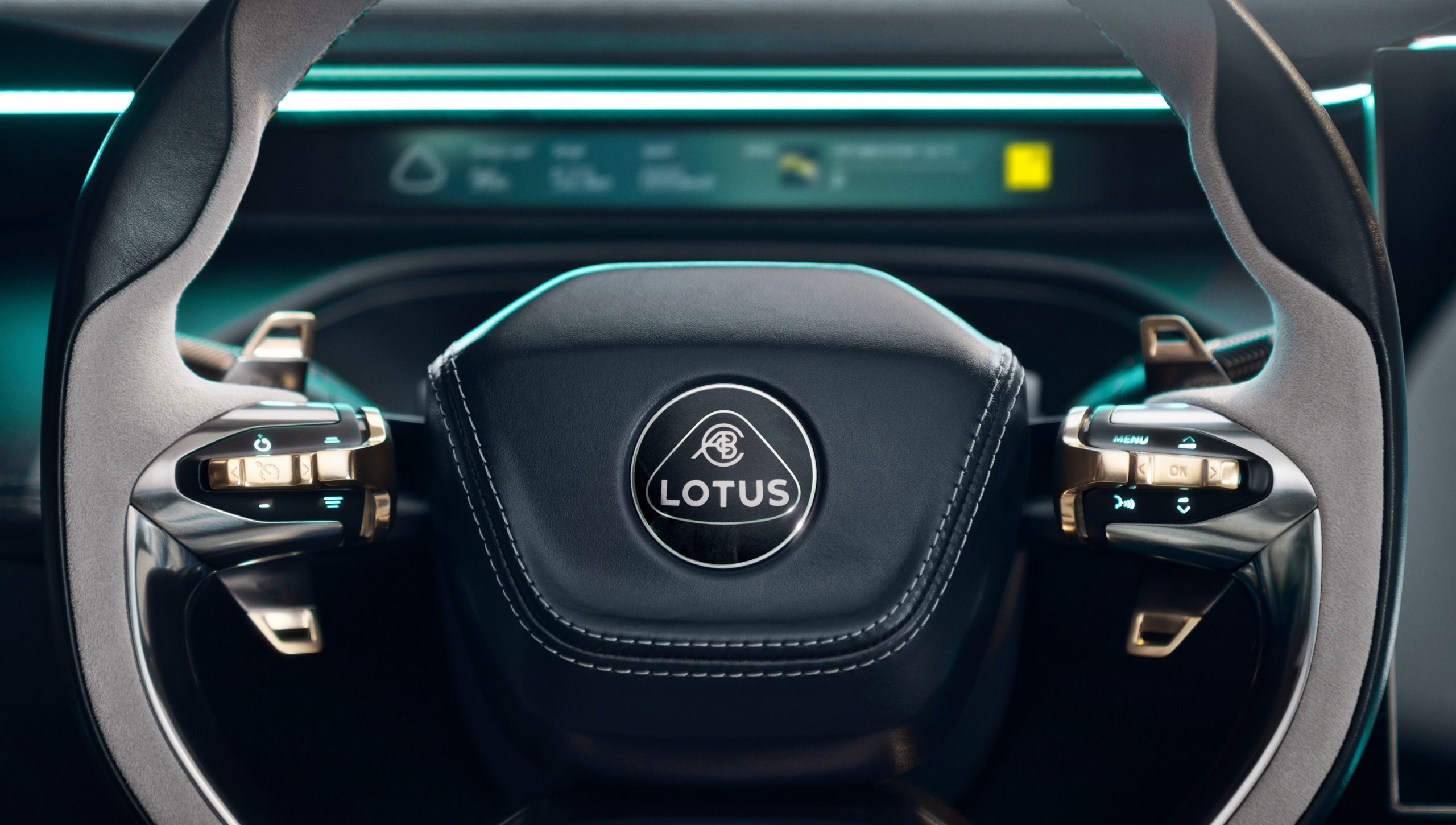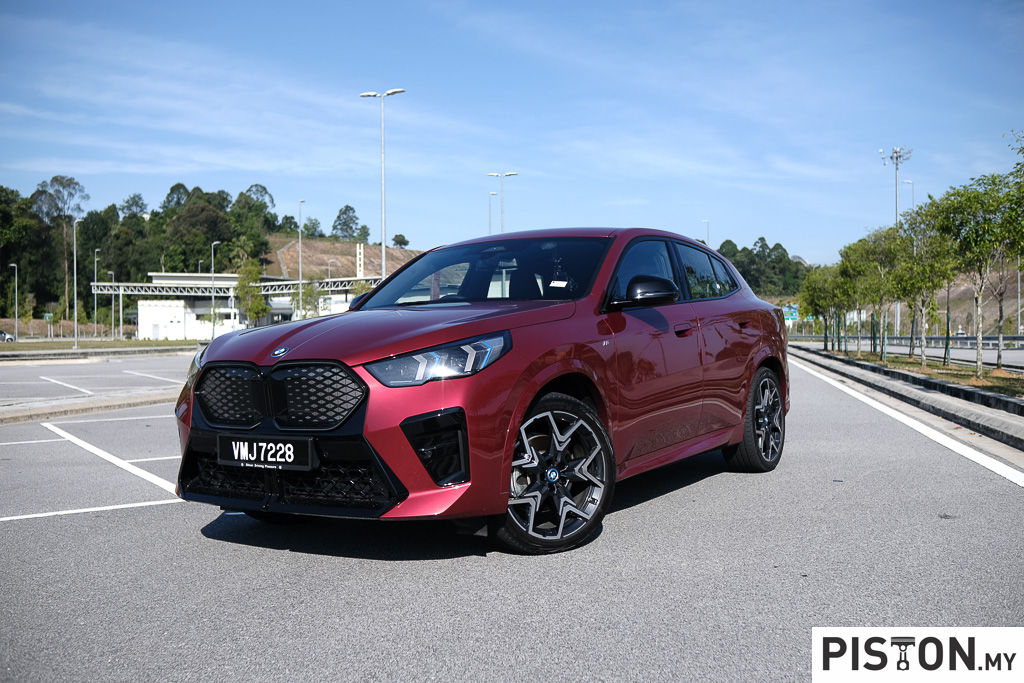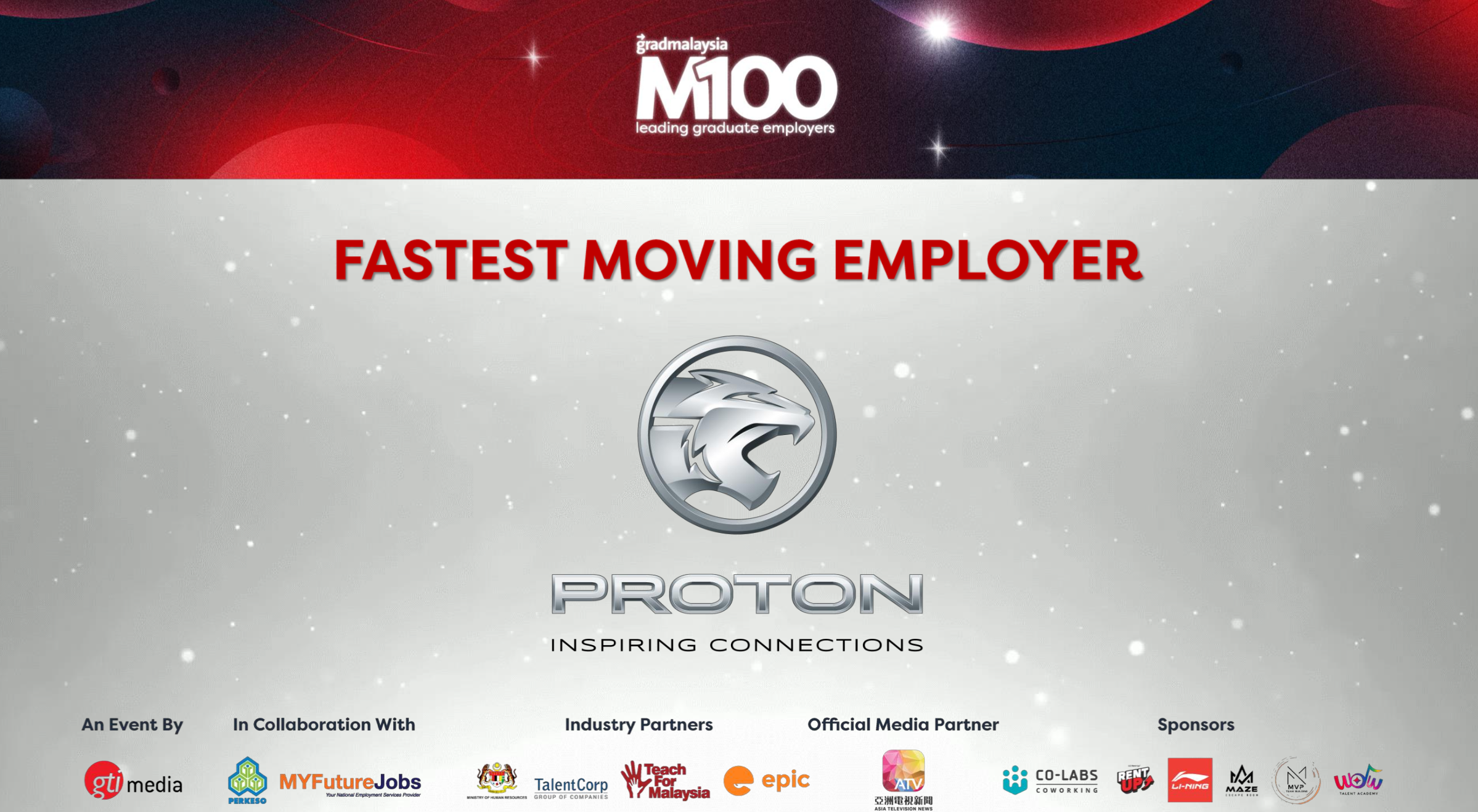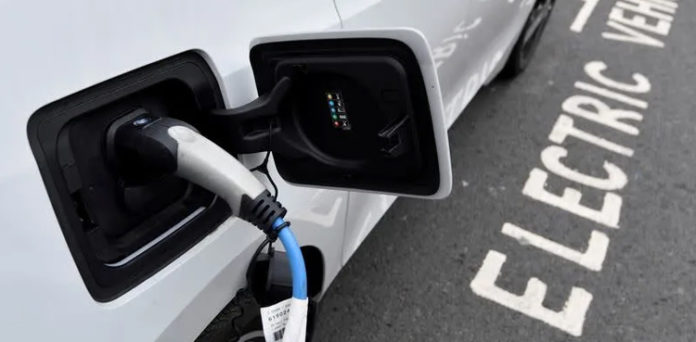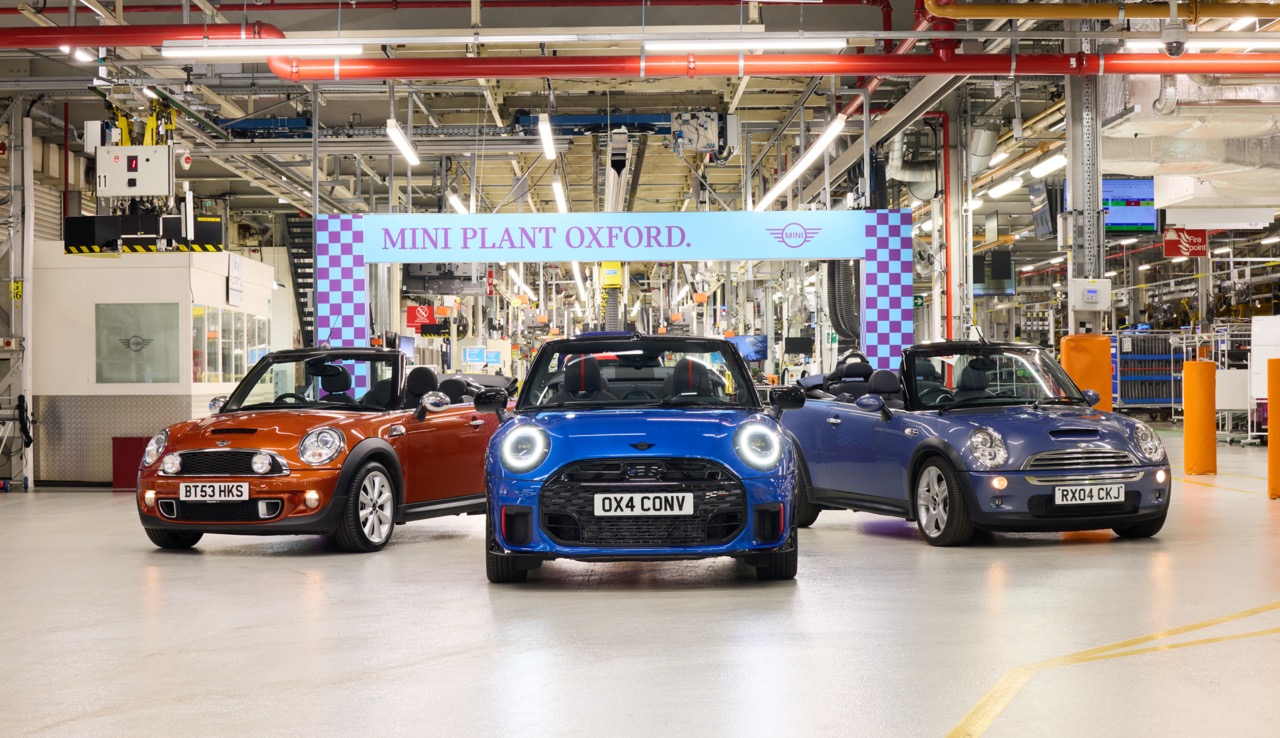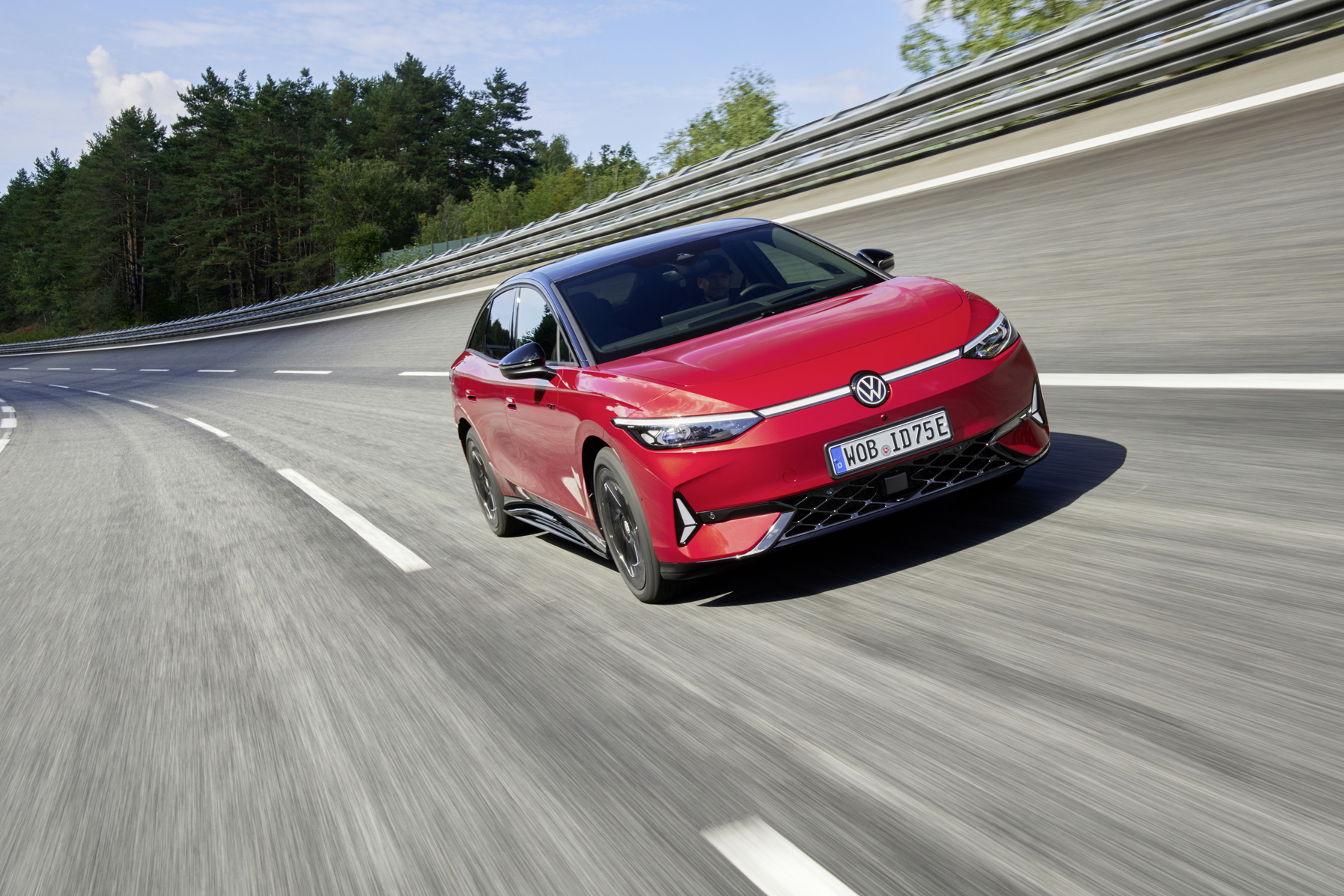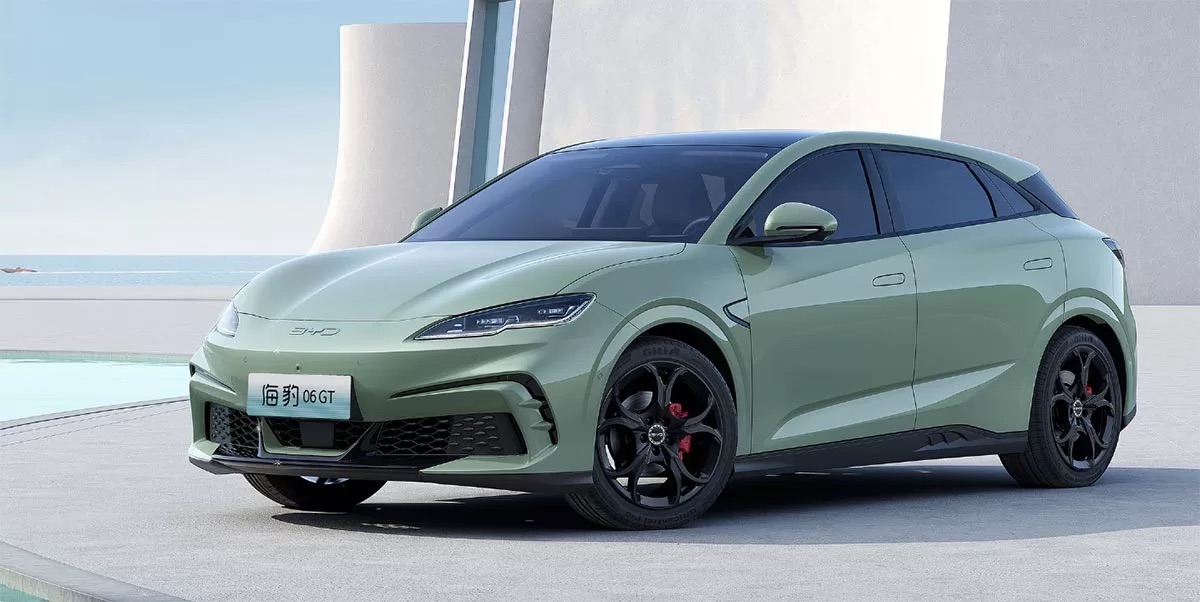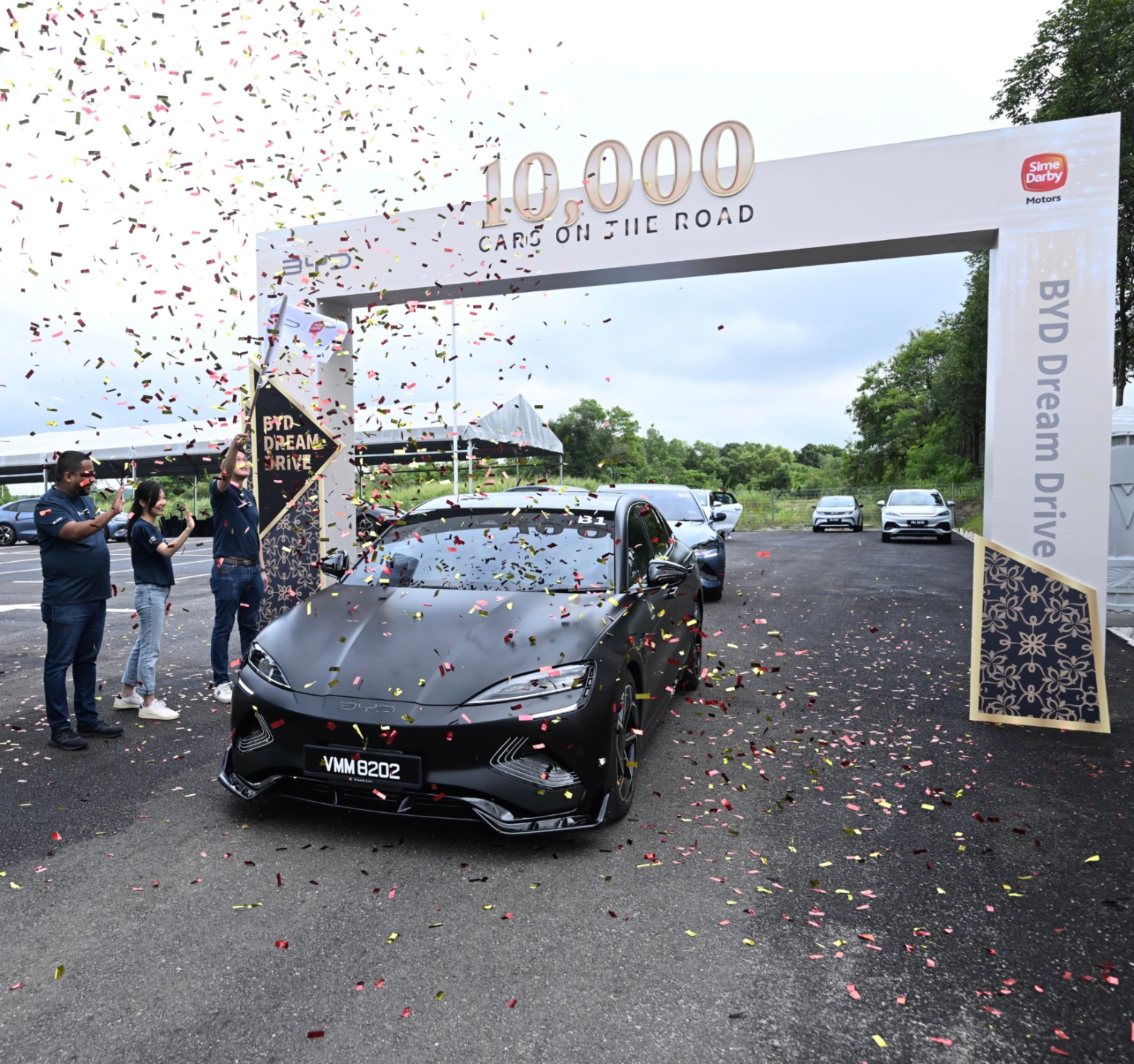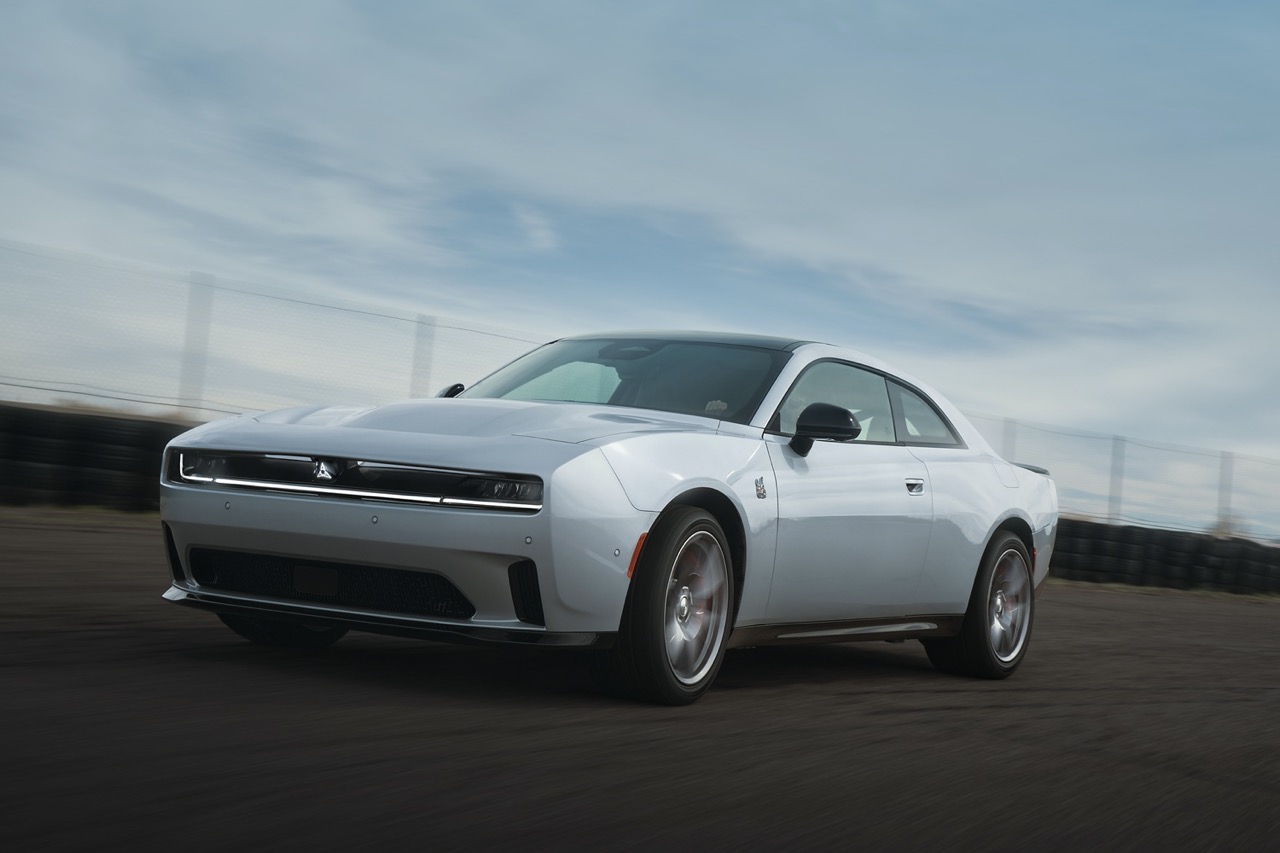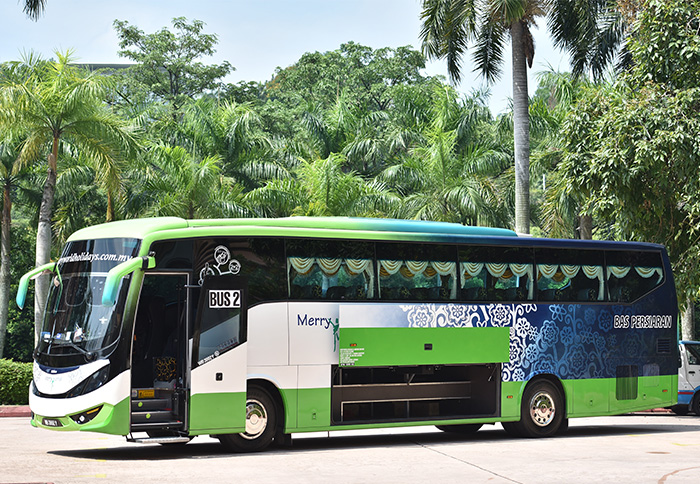Virgil Abloh may not be a familiar name to many, but he was a collaborator with Mercedes-Benz on various design studies, particularly related to luxury products. Abloh, who passed away last year, was an artist, architect, engineer, creative director, artistic director, industrial designer, fashion designer, musician, DJ and philanthropist. As such, his visions and ideas were of much interest to Gorden Wagener, Mercedes‑Benz Group AG Chief Design Officer.
Together, they worked on projects such as Project Gelandewagen and Project MAYBACH and now, Abloh’s cooperation with Mercedes–Maybach culminates in the launch of a limited-edition bespoke S-Class and capsule collection, inspired by Project MAYBACH. It’s the final chapter of Project MAYBACH and is available in a strictly limited run of 150 units.
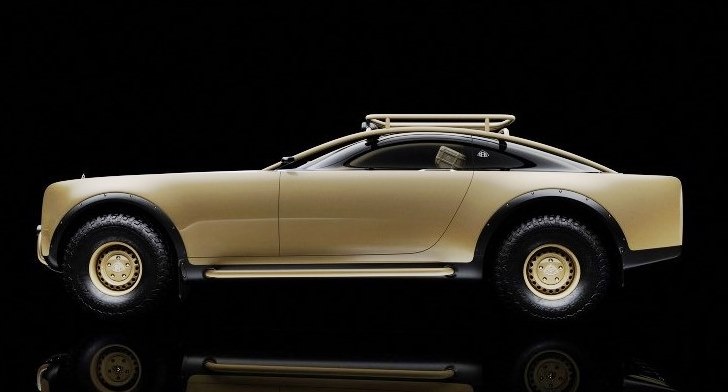
The launch coincides with the release of a capsule collection designed by Abloh and in collaboration with Off‑White. It has been developed in connection to the Project MAYBACH electric showcar and is exclusively available to buy on Off‑White, Farfetch and Maybach Icons of Luxury online stores, as well as Off‑White stores in select markets.
The limited edition Maybach by Virgil Abloh is a fully equipped Mercedes‑Maybach S‑Class S680 which follows the tradition of the ultra-luxury brand that has a history of over a century. It has been created by Mercedes‑Benz’ most specialised customization and craftmanship team. The exterior features the unique two-tone colour combination created for Project MAYBACH, with the upper part lacquered in a glossy obsidian black and the lower part, side flanks and special forged rims painted in a sand hue.
Superlative levels of craftsmanship will be evident throughout the cabin which has an identical two-tone colour scheme. The 4-seat configuration, steering wheel, doors, lower dashboard and ceiling are lined in black and sand-coloured nappa leather, complete with sand-coloured decor trims and strips. The highpile floormats are black with a sand-coloured leather border and embroidered Mercedes‑Maybach logo.
To enhance its monolithic appearance, the window frames are painted, and a special Mercedes-Maybach and Virgil Abloh logo is inscribed on the piano black middle of the centre console, rear cushions, head restraints and door sill panel.
Unique to the limited-edition S‑Class is a bespoke user interface which presents the driver with an even more luxurious variation of the Maybach MBUX suite of cutting-edge technologies. Han picked visual elements are used to enrich the digital content. For example, the home button has a coloured border and brand logo denoting the edition, and profile pictures are decorated with luxurious fashion accessories.
All customers will be given a special custom-made wooden box covered in sand-coloured nappa leather emblazoned with the Mercedes‑Maybach and Virgil Abloh logo. The gift box contains a 1/18 scale replica of the limited-edition car, the two car keys and a carabiner hook. In addition, each car will come with a complimentary and exclusive car cover featuring the Mercedes‑Maybach and Virgil Abloh logo.
“I’m incredibly proud of the work we have created in collaboration with Virgil. From Project Gelandewagen, which set the benchmark for fashion/automotive collaborations with our iconic G‑Class, to Project MAYBACH which brought the distinguished Mercedes‑Maybach heritage into the future, together with Virgil, we truly broke new ground. The limited edition Maybach by Virgil Abloh exemplifies the symbiosis between innovative design and ultimate craftsmanship now available on the road,” said Wagener.
New generation of Mercedes-Maybach S-Class arrives in Malaysia, priced from RM1.9 million





